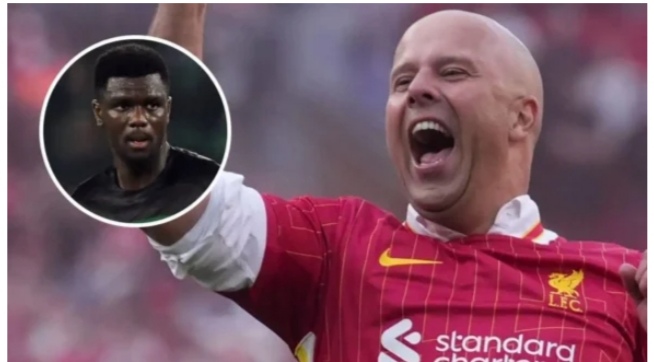The summer transfer window brought one of the most debated decisions in recent Premier League history: Liverpool parting ways with Luis Díaz. For many fans, the Colombian winger had become an indispensable part of the team’s attacking force, dazzling supporters with his pace, vision, and goal-scoring ability. His departure has naturally raised eyebrows, leaving supporters wondering whether the club truly made the right call.
From a tactical standpoint, Díaz’s influence on the pitch was undeniable. He provided Liverpool with a level of unpredictability that few players could match, often turning matches on their head with moments of individual brilliance. His link-up play with Mohamed Salah and Darwin Núñez created a dynamic front line capable of breaking down even the most stubborn defenses. Losing a player of this caliber inevitably leaves a void that cannot be easily filled.
Financially, the sale may have made sense to Liverpool’s management. Transfer fees for top talents like Díaz often represent a significant windfall, allowing clubs to reinvest in younger prospects or strengthen other areas of the squad. However, football isn’t just about numbers; it’s about timing, chemistry, and the cohesion of the team. While the money might be tempting, the immediate impact on results and team morale can be harder to quantify.
Looking at the bigger picture, questions remain about whether Liverpool underestimated Díaz’s ongoing contribution. Could the club have retained him for at least another season to maintain attacking stability? Or were they confident that their tactical system and emerging talent could offset his loss? Fans and pundits alike are divided, and the true answer may only emerge as the season unfolds.
Ultimately, the sale of Luis Díaz serves as a stark reminder of the delicate balance clubs must strike between financial prudence and sporting ambition. Only time will tell if Liverpool’s gamble pays off—or if letting go of one of their brightest stars proves to be a costly misstep.









